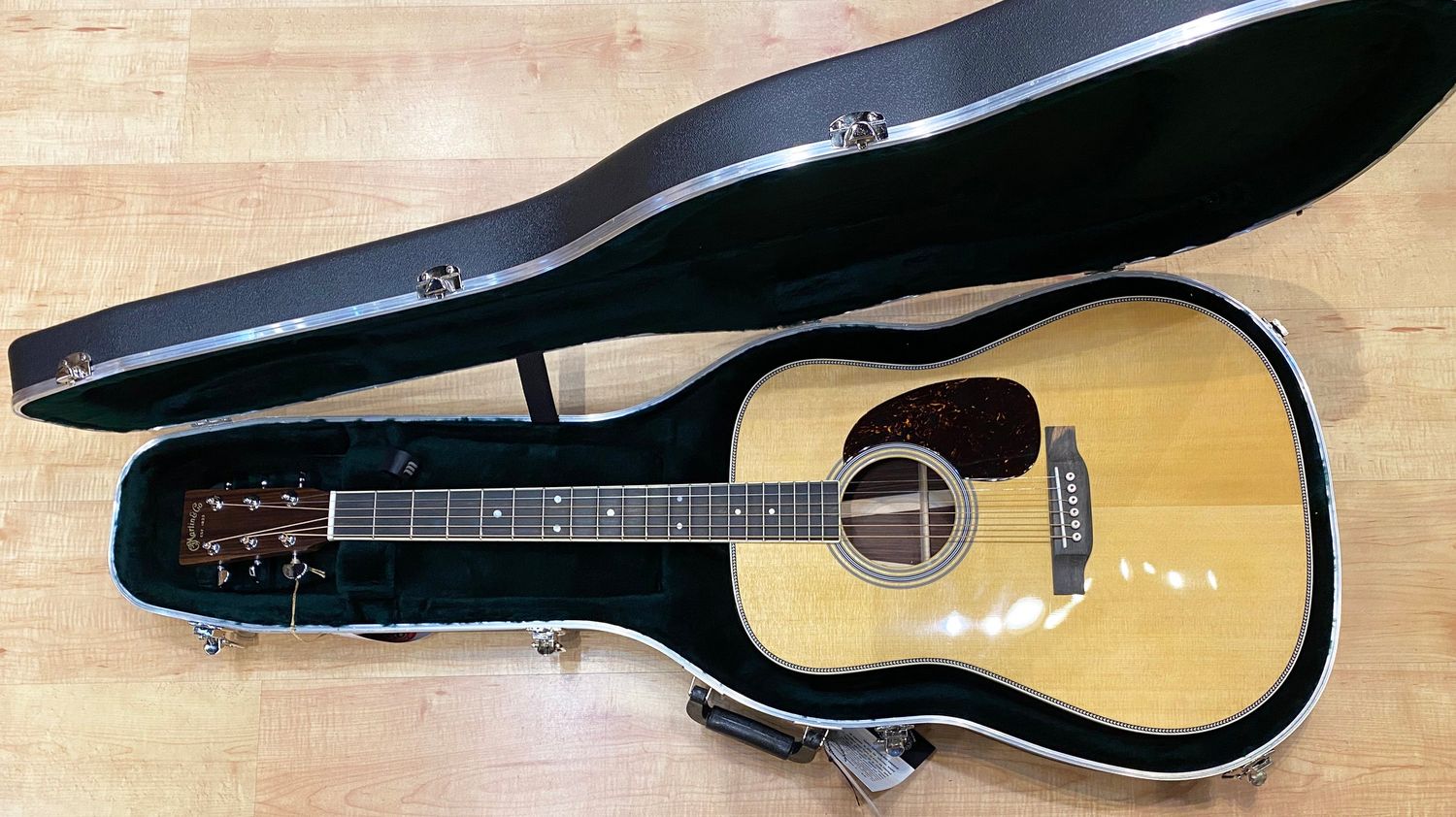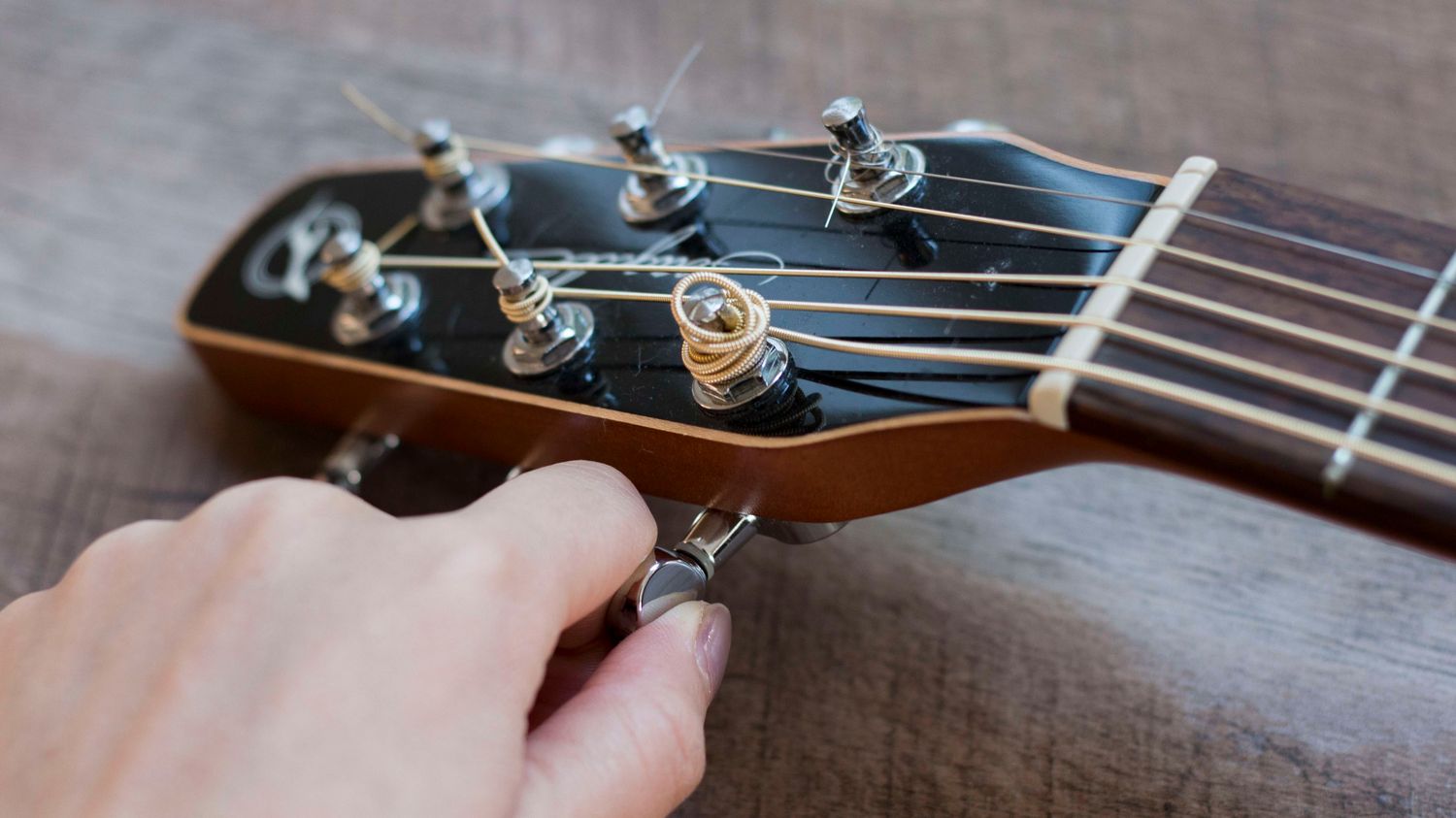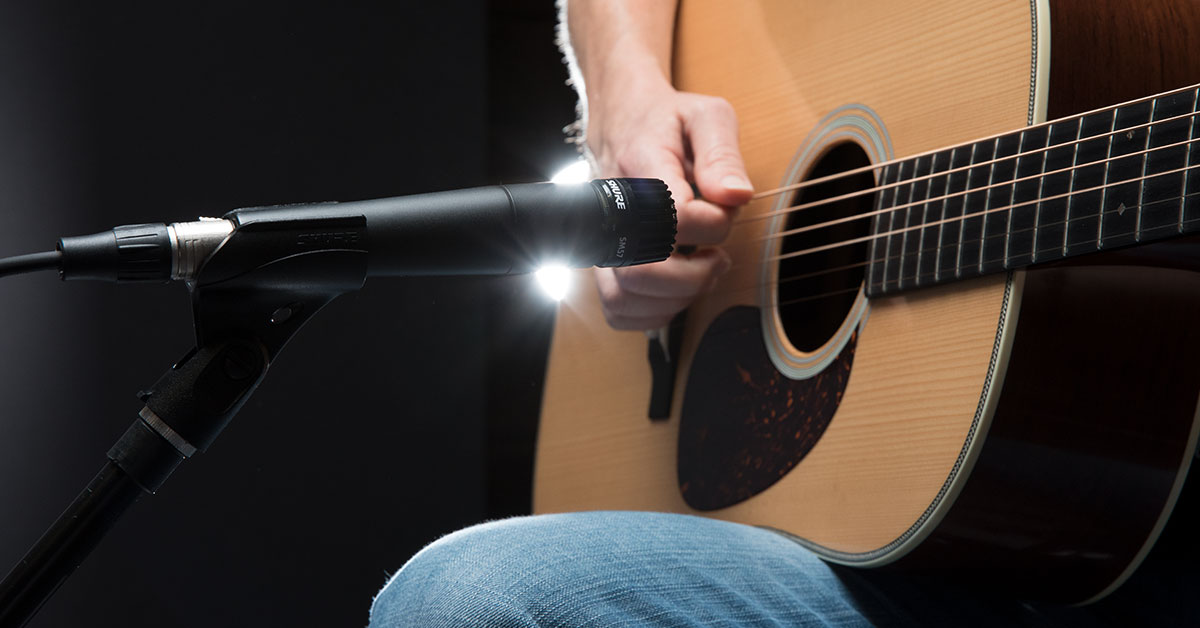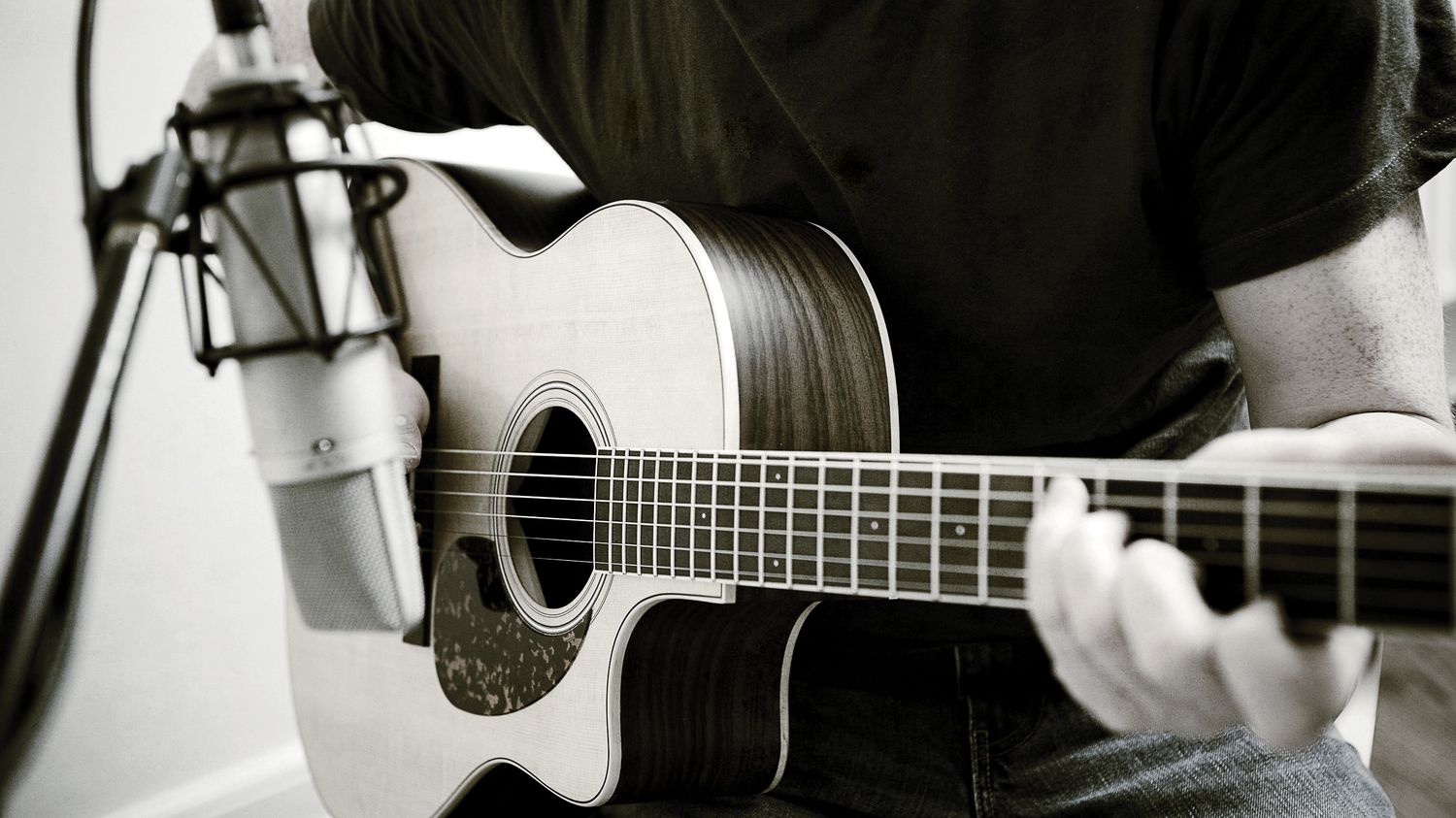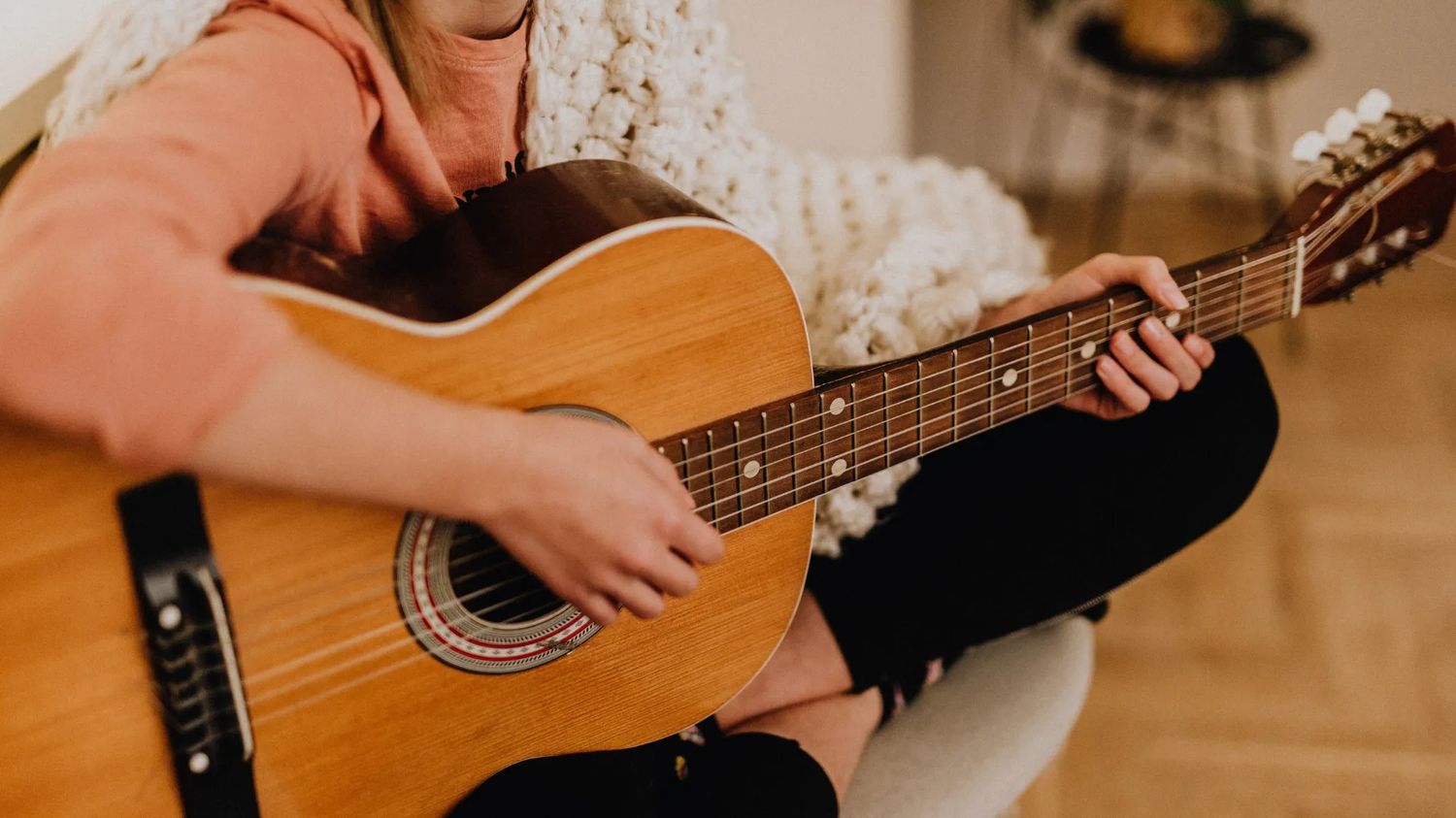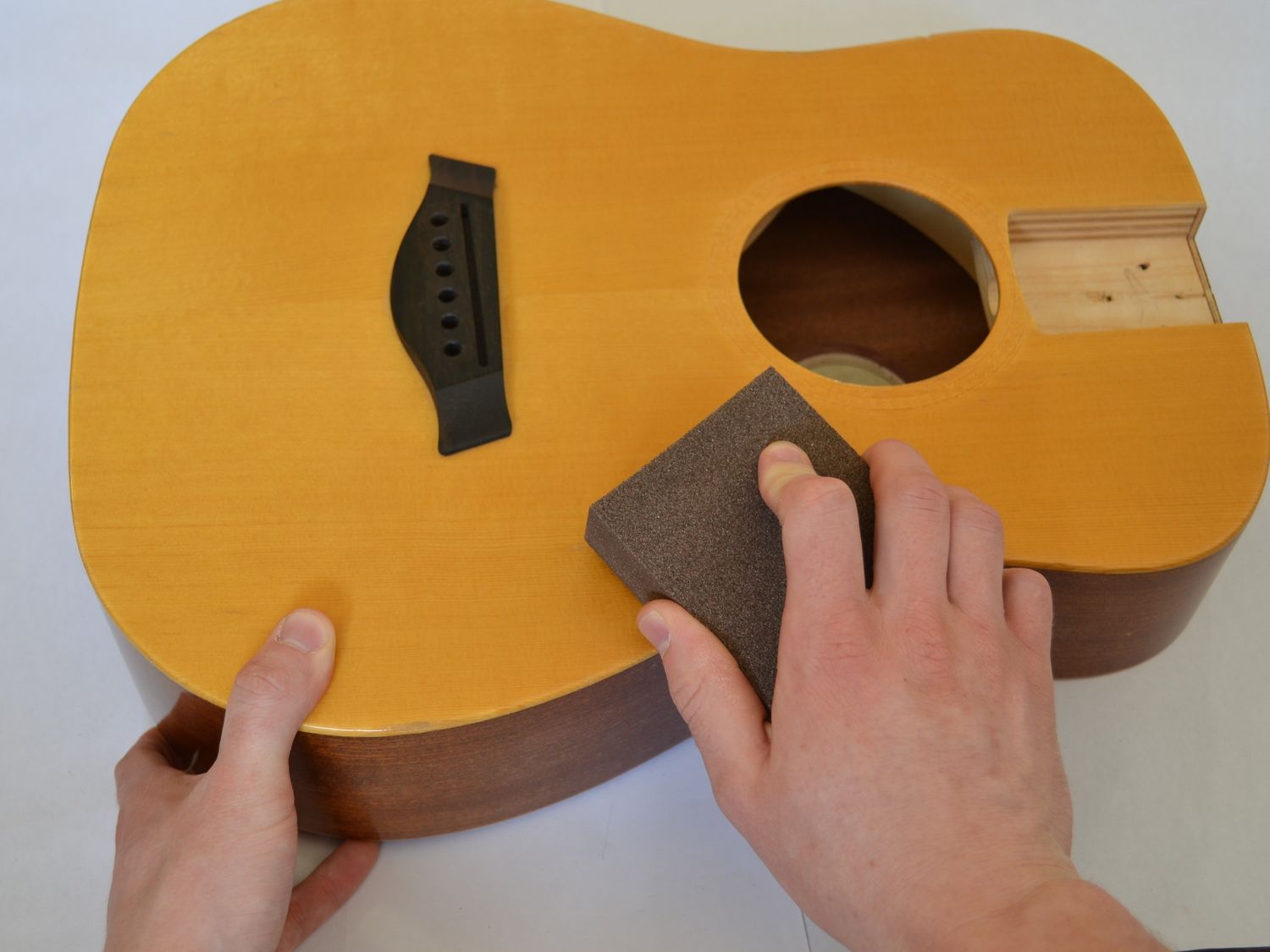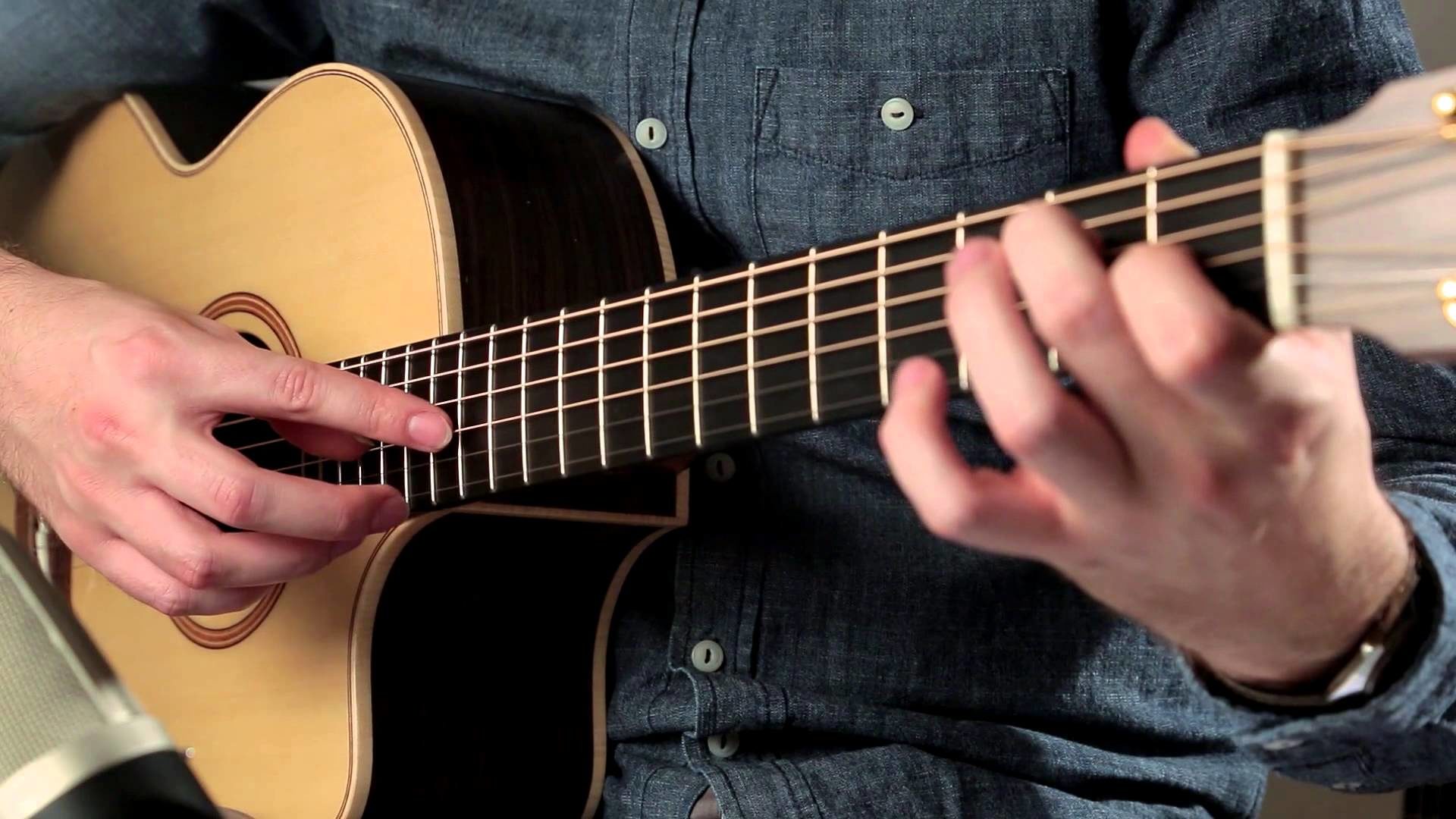Home>Production & Technology>Acoustic>How To Do Pull Offs On Acoustic Guitar


Acoustic
How To Do Pull Offs On Acoustic Guitar
Published: March 12, 2024
Learn how to master pull offs on acoustic guitar with our step-by-step guide. Improve your acoustic guitar playing with our expert tips and techniques.
(Many of the links in this article redirect to a specific reviewed product. Your purchase of these products through affiliate links helps to generate commission for AudioLover.com, at no extra cost. Learn more)
Table of Contents
Introduction
Playing the acoustic guitar is a timeless and captivating art form that has the power to mesmerize audiences with its soul-stirring melodies. Among the various techniques that add depth and emotion to acoustic guitar playing, pull offs stand out as a fundamental skill that every aspiring guitarist should master. Whether you're a beginner seeking to elevate your playing or an experienced musician looking to refine your technique, understanding and mastering pull offs on the acoustic guitar can significantly enhance your musical prowess.
Pull offs are a technique where a guitarist produces a smooth transition between two notes by plucking a string with a fretting finger and then "pulling off" to sound a lower note without re-picking the string. This creates a seamless and fluid sound that adds a layer of expressiveness to your playing. While pull offs are commonly associated with electric guitar solos, they are equally impactful and essential in acoustic guitar playing, allowing you to create intricate melodies and embellishments that captivate listeners.
In this comprehensive guide, we will delve into the nuances of pull offs on the acoustic guitar, exploring the technique, exercises, and tips to help you master this essential skill. Whether you're drawn to the raw, organic sound of the acoustic guitar or simply seeking to expand your musical repertoire, mastering pull offs will unlock a world of creative possibilities and elevate your playing to new heights.
So, grab your acoustic guitar, find a comfortable spot, and let's embark on a journey to unravel the art of pull offs, unlocking the potential to infuse your music with depth, emotion, and captivating melodies.
Understanding Pull Offs
Pull offs are a fundamental technique in the realm of acoustic guitar playing, allowing musicians to create seamless transitions between notes and infuse their melodies with a captivating fluidity. This technique involves producing a second note on a string without re-picking it, resulting in a smooth and connected sound that adds depth and expressiveness to the music.
At its core, a pull off begins with the initial plucking of a string to produce a note. Following this, the fretting finger, typically the index or middle finger, is used to "pull off" the string, causing it to vibrate and produce a lower note. This action creates a seamless transition between the initial note and the subsequent lower note, effectively connecting the two tones in a single, fluid motion.
Pull offs are denoted in guitar tablature by the letter "p" placed between the notes involved in the pull off. This notation serves as a visual guide, indicating where the pull off should be executed within the musical piece. When performed with precision and control, pull offs can imbue a melody with a sense of grace and sophistication, elevating the overall musical expression.
One of the key aspects of mastering pull offs is achieving a delicate balance between the initial plucking force and the subsequent pull off motion. This balance is crucial in ensuring that the lower note produced by the pull off resonates clearly and harmoniously, seamlessly blending with the preceding note. Additionally, the positioning and pressure of the fretting finger play a pivotal role in determining the clarity and resonance of the pull off, making it essential for guitarists to develop dexterity and finesse in their fretting hand.
Understanding the mechanics and intricacies of pull offs is essential for any guitarist seeking to expand their musical repertoire and infuse their playing with depth and emotion. By mastering this technique, musicians can unlock a world of creative possibilities, allowing them to craft captivating melodies and embellishments that resonate with audiences on a profound level.
Technique for Pull Offs on Acoustic Guitar
Mastering the technique of pull offs on the acoustic guitar is a transformative journey that requires precision, control, and a deep understanding of the instrument. To execute a pull off effectively, begin by fretting a note on a string, ensuring a firm yet gentle pressure to produce a clear and resonant sound. Once the initial note is plucked, the subsequent pull off is initiated by swiftly and decisively "pulling off" the string with the fretting finger, allowing it to vibrate and produce a lower note. This motion should be executed with finesse, maintaining a delicate balance between the plucking force and the pull off action to ensure a seamless transition between the two notes.
The positioning of the fretting finger is crucial in achieving a successful pull off. It is essential to place the finger close to the fret wire without directly pressing down on it, allowing for optimal string resonance and clarity. Additionally, maintaining a slight downward angle with the fretting finger can facilitate a smooth and fluid pull off motion, enabling the lower note to ring out with precision and definition.
Developing finger strength and dexterity is fundamental in mastering pull offs on the acoustic guitar. Regular practice and exercises focused on enhancing finger agility and control can significantly improve the execution of pull offs, allowing for greater finesse and fluidity in transitioning between notes. Furthermore, honing the coordination between the picking hand and the fretting hand is essential for achieving a seamless and expressive pull off technique, enabling the creation of captivating melodies and embellishments.
As with any guitar technique, patience and persistence are key to refining the art of pull offs. It is essential to practice pull offs at varying tempos and within different musical contexts to develop versatility and adaptability in applying this technique. By integrating pull offs into your practice routine and exploring their application in diverse musical pieces, you can cultivate a nuanced and expressive approach to acoustic guitar playing, enriching your musical repertoire and captivating audiences with the emotive power of pull offs.
In essence, mastering the technique of pull offs on the acoustic guitar requires a harmonious blend of precision, control, and musical sensitivity. By honing this fundamental skill, guitarists can unlock a world of creative possibilities, infusing their playing with depth, emotion, and a captivating fluidity that transcends the boundaries of conventional musical expression.
Exercises to Improve Pull Offs
Mastering the art of pull offs on the acoustic guitar demands dedicated practice and a focused approach to refining the necessary finger dexterity and control. Incorporating targeted exercises into your practice routine can significantly enhance your ability to execute pull offs with precision and fluidity, ultimately elevating your musical expression. Here are several exercises designed to improve your pull off technique and expand your proficiency on the acoustic guitar:
-
Single String Pull Offs: Begin by fretting a note on a single string and executing a series of pull offs, gradually increasing the speed and fluidity of the motion. Focus on maintaining clarity and resonance in each pull off, ensuring that the lower note rings out with precision.
-
Pull Offs Across Strings: Practice executing pull offs across different strings, emphasizing the seamless transition between notes. This exercise enhances coordination between the fretting hand and the picking hand, fostering a smooth and connected sound across diverse string combinations.
-
Pull Offs within Scales: Incorporate pull offs into scale exercises, such as the pentatonic or blues scale, to develop a nuanced understanding of integrating pull offs within melodic patterns. This exercise enhances your ability to infuse scales with expressive pull off embellishments, adding depth and character to your playing.
-
Ascending and Descending Pull Offs: Practice executing pull offs in both ascending and descending sequences, focusing on maintaining consistency and clarity across different note progressions. This exercise cultivates versatility in applying pull offs within various musical contexts, enriching your playing with dynamic transitions.
-
Pull Off Ladder Exercise: Create a pull off "ladder" by fretting a series of notes on a single string and executing consecutive pull offs, descending from the highest note to the lowest. This exercise enhances finger strength and control, allowing for seamless execution of pull offs across different fret positions.
-
Rhythmic Pull Off Patterns: Incorporate rhythmic variations into your pull off exercises, such as triplet patterns or syncopated rhythms, to develop a sense of timing and groove in your pull off technique. This exercise fosters a dynamic and expressive approach to executing pull offs within diverse musical styles.
By integrating these exercises into your practice regimen, you can cultivate a refined and expressive pull off technique, unlocking the potential to infuse your acoustic guitar playing with captivating fluidity and emotive depth. Consistent and focused practice of these exercises will empower you to master the art of pull offs, enriching your musical repertoire and captivating listeners with the enchanting allure of this fundamental technique.
Tips for Mastering Pull Offs on Acoustic Guitar
-
Focus on Finger Strength and Control: Developing the strength and dexterity of your fretting fingers is essential for executing pull offs with precision and clarity. Incorporate finger-strengthening exercises into your practice routine to enhance the agility and control of your fretting hand, enabling you to produce seamless and resonant pull offs.
-
Optimize Finger Placement: Pay close attention to the placement of your fretting finger when executing pull offs. Positioning the finger close to the fret wire without exerting excessive pressure is crucial for facilitating clear and defined pull offs. Additionally, maintaining a slight downward angle with the fretting finger can enhance the fluidity and resonance of the lower note produced by the pull off.
-
Gradual Increase in Speed and Fluidity: Begin practicing pull offs at a comfortable tempo and gradually increase the speed and fluidity of your execution. Focusing on incremental improvement allows you to refine the coordination and precision of your pull offs, resulting in a seamless and expressive technique.
-
Integrate Pull Offs into Musical Pieces: Explore incorporating pull offs into your repertoire of musical pieces, ranging from simple melodies to more complex compositions. Integrating pull offs within diverse musical contexts enhances your adaptability and creativity, enabling you to infuse your playing with captivating embellishments and melodic nuances.
-
Maintain a Relaxed Hand and Wrist: Strive to maintain a relaxed and natural posture in your fretting hand and wrist while executing pull offs. Tension in the hand and wrist can impede the fluidity and clarity of pull offs, so cultivating a relaxed and fluid motion is essential for achieving a seamless and expressive technique.
-
Listen Closely to the Articulation of Each Note: Pay attention to the articulation and resonance of each note produced by the pull off. Developing a keen ear for the tonal quality and clarity of the lower note allows you to refine your technique and ensure that each pull off contributes to the overall musical expression with finesse and precision.
-
Experiment with Variations and Phrasing: Embrace experimentation and creativity by exploring different variations and phrasing techniques within your pull offs. Incorporating slides, hammer-ons, and other embellishments into your pull off sequences adds depth and character to your playing, elevating the emotive impact of your acoustic guitar performance.
By incorporating these tips into your practice regimen and approaching pull offs with patience and dedication, you can elevate your mastery of this essential technique, unlocking the potential to infuse your acoustic guitar playing with captivating fluidity, expressiveness, and emotive depth.

